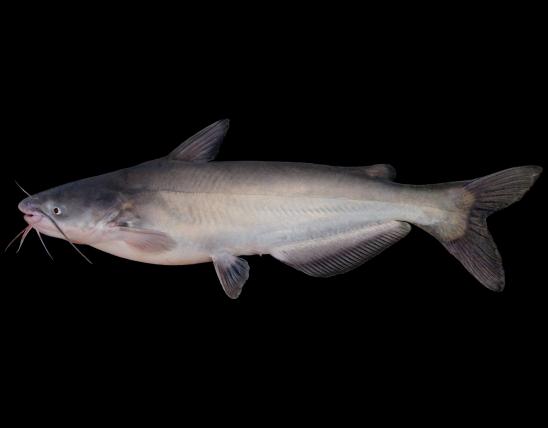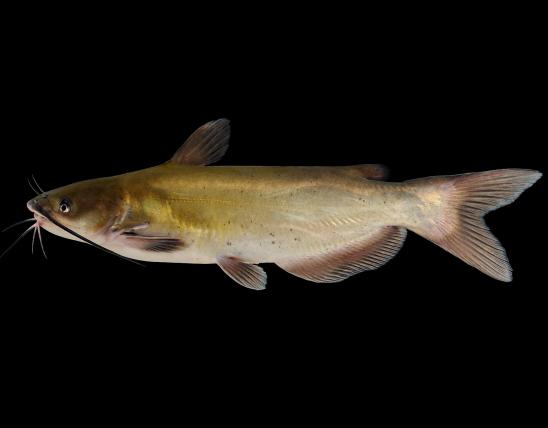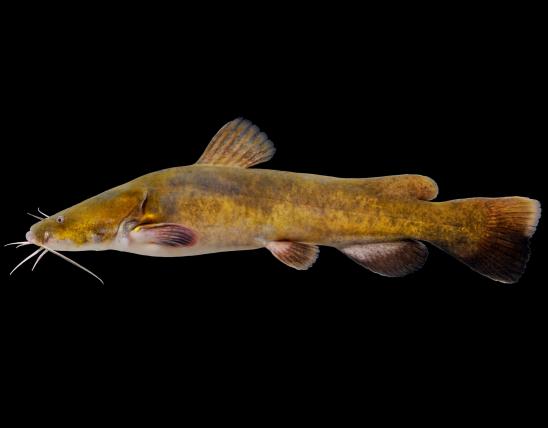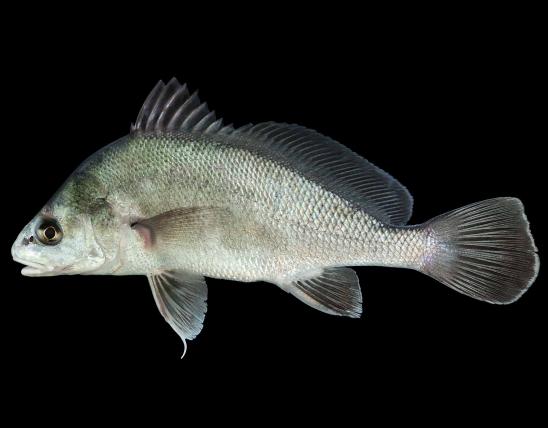Annual Prospects Report
Anglers can expect catfish fishing to remain good on the Middle Mississippi River. Fish surveys in recent years revealed good numbers of both flathead catfish and blue catfish. Flathead and Blue Catfish 20 and 30 inches in length were common. Biologists also noted an abundance of young catfish and quite a few trophy-sized fish, with several over 70 pounds. Anglers continue to report lunkers being caught in the 60 to 90-pound range. Anglers pursuing blue catfish will find them on the current breaks downstream from dike tips and notches, and near revetted shorelines with swift current. Blue catfish also frequent deep holes near structure. Good baits for blue catfish include fresh cut Asian carp, shad, skipjack herring, goldeye, and live sunfish or goldfish. Flathead catfish are found in moderate current around dikes, along revetted shorelines and cut banks, especially if woody cover is present. Flathead catfish prefer live bait, such as sunfish and goldfish. Try fishing for channel catfish in slower moving water in side channels, near cut banks, or on sandbars. They can be caught on a wide variety of baits including nightcrawlers, chicken livers, and stinkbaits.
During the fall, look for white bass and hybrid striped bass near tributaries, dam tailwaters, or the Chain of Rocks area. Try jigs, spinnerbaits, and crankbaits. Paddlefish can be caught in these same locations during snagging season. Walleye and sauger can be caught by drifting a minnow-tipped jig near wing dikes and rocky shorelines. Freshwater drum are common in a variety of habitats and easily caught on nightcrawlers or other baits.
Three species of sturgeon, shovelnose, pallid and lake sturgeon, can be found in the Mississippi River. All can be caught on worms, but the shovelnose sturgeon is the only species of the three that is legal to harvest. Pallid sturgeon and lake sturgeon are both protected species and must be released immediately if caught. Anglers are encouraged to educate themselves on sturgeon identification, as pallid and shovelnose sturgeon are often confused. In recent years anglers have reported catching greater numbers of lake sturgeon. The increased catch is due to a state/federal effort to recover this endangered species. Lake sturgeon are a charismatic species - with a lifespan over 100 years and an adult size of 4 to 8 feet. If you are lucky enough to hook one of these large, powerful fish enjoy the fight, but be sure to release the fish promptly and unharmed. Be sure to check any fish you catch for tags and report the tag number, fish length and location of catch to your local MDC office.
Good bank fishing can be found at many locations in the middle Mississippi River. Some spots to try near St. Louis include: the Riverlands at West Alton, Columbia Bottom Conservation Area, and Cliff Cave County Park. Further south try the Chester, IL riverfront, Grand Tower, and Red Star Access in Cape Girardeau.


























